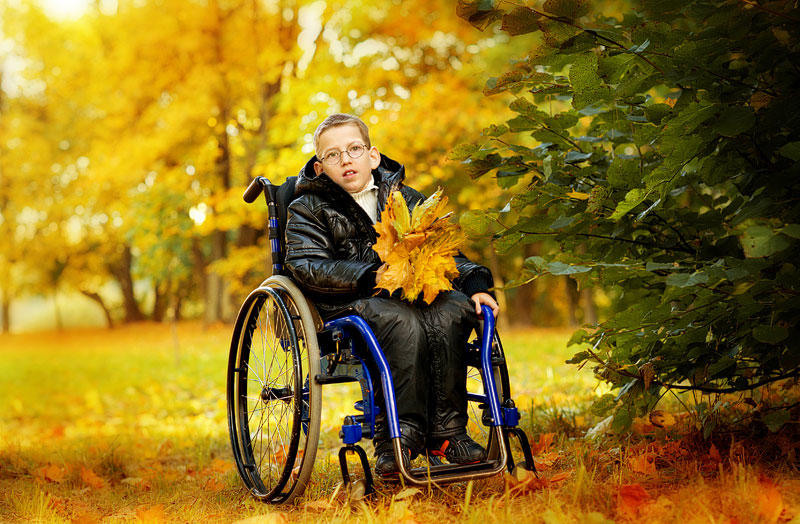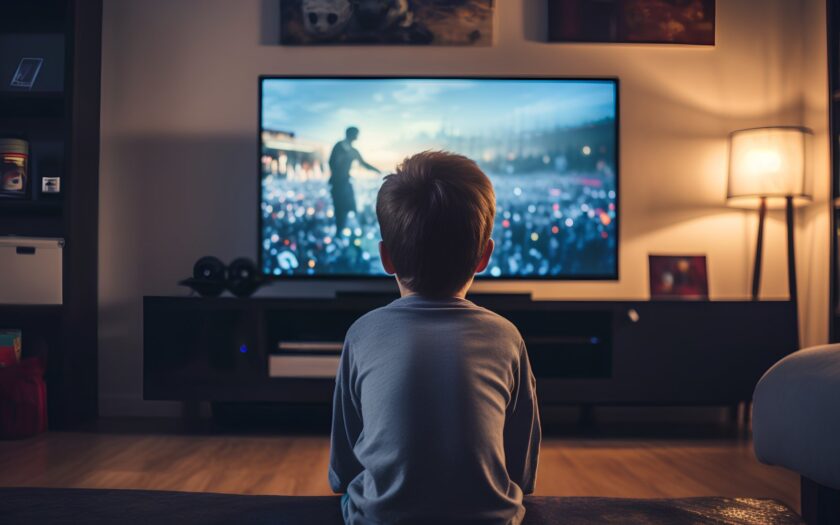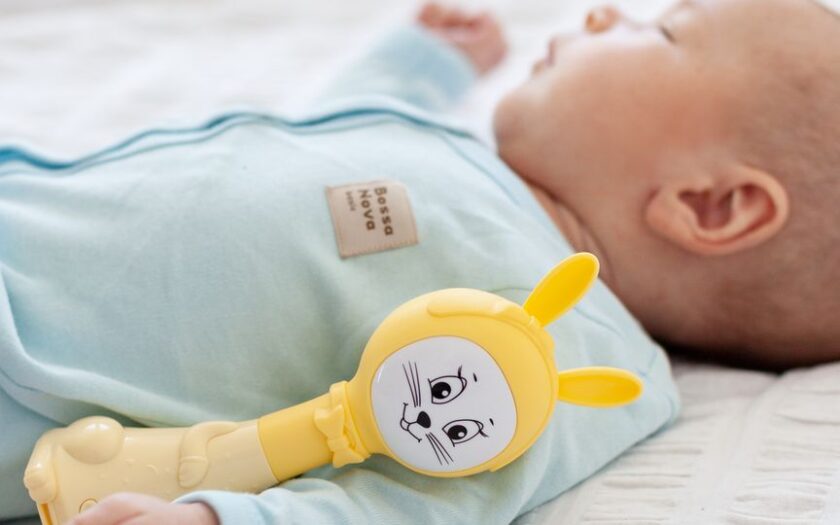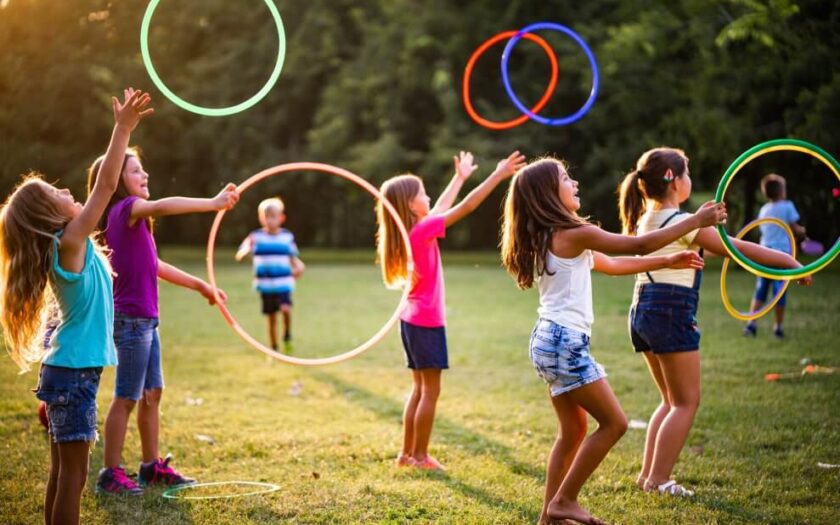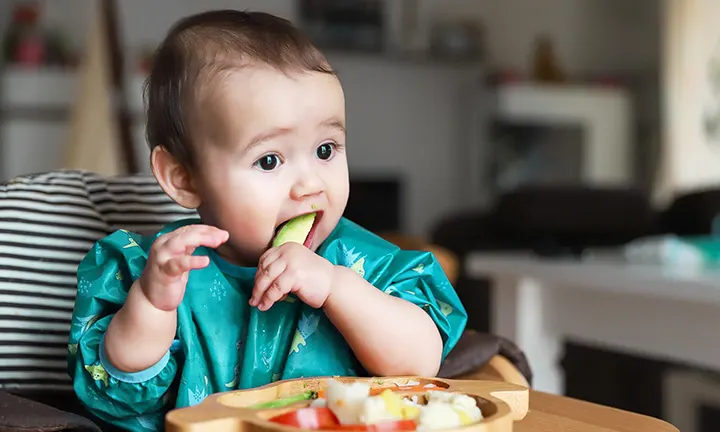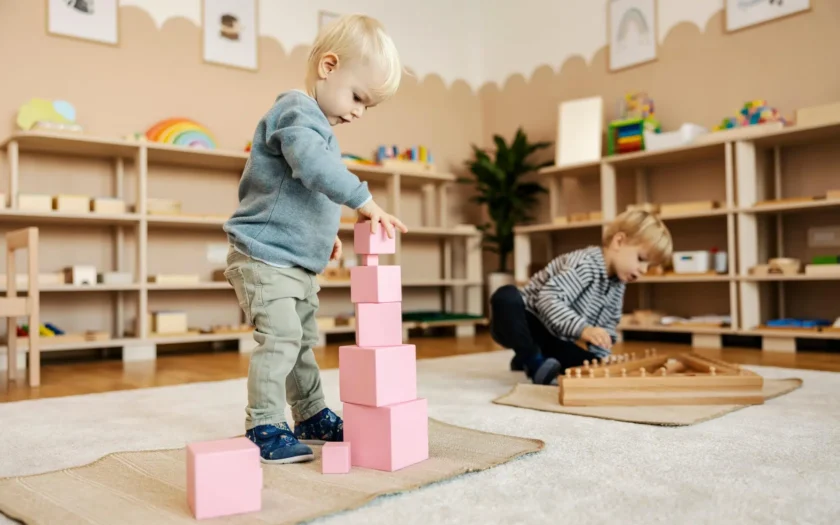What are the causes and symptoms of cerebral palsy?
Cerebral palsy (cerebral palsy) is a group of chronic motor and postural disorders that are caused by brain damage that occurs at an early age, usually before three years of age. Cerebral palsy is a consequence of damage to the central nervous system, which controls movement and coordination of the body.
